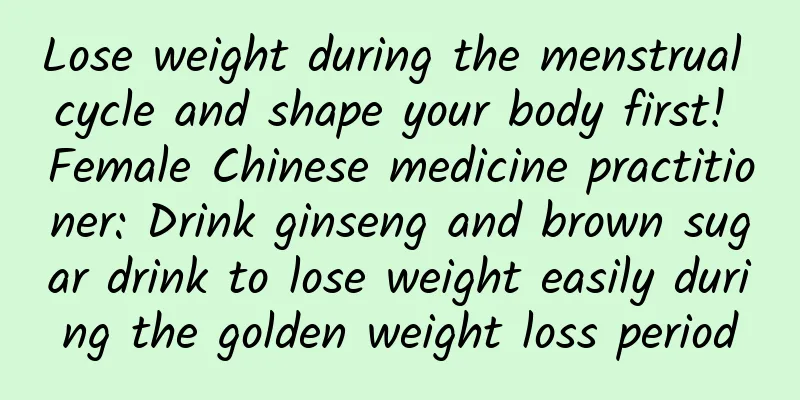Is there a difference between cervical erosion and pelvic inflammatory disease?

|
Is there a difference between cervical erosion and pelvic inflammatory disease? Pelvic inflammatory disease often occurs in women between the ages of 15 and 25, which may be related to frequent sexual activity or poor cervical defense function, especially in young women with sexual intercourse or multiple sexual partners, the probability of occurrence is significantly higher. Mild patients have no obvious symptoms, while severe patients have fever, flushed face, lower abdominal tenderness, and even abdominal distension and increased heart rate. Is there a difference between cervical erosion and pelvic inflammatory disease? First of all, it should be made clear that cervical erosion and pelvic inflammatory disease are completely different concepts. Cervical erosion belongs to cervical columnar epithelium ectopia, which is mainly due to the influence of hormone levels, causing the cervical columnar epithelium to shift to the outside of the cervix. It is usually asymptomatic and is generally discovered during gynecological examinations. However, due to cervical erosion, cervical screening, including HPV and TCT examinations, must be performed in a timely manner. This is because the cervix may have some lesions, and the main symptom is cervical erosion, without other specific changes, such as bleeding during sexual intercourse. Can pelvic inflammatory disease cause persistent lower abdominal pain? Pelvic inflammatory disease is divided into acute and chronic pelvic inflammatory disease. If it is in the acute stage, the patient's symptoms are severe or persistent abdominal pain, which is often difficult to relieve. Antibiotics need to be taken in time for treatment, and surgery may be required if necessary. If it is chronic pelvic inflammatory disease, lower abdominal pain will also occur at this stage, but it is not continuous, nor does it occur every day, and it may recur in the future. Abdominal pain may occur after fatigue or long-term standing, or before and after menstruation, and the resistance is relatively poor. Generally speaking, pelvic inflammatory disease can cause lower abdominal pain, but in the acute stage, there will be continuous pain, and in the chronic stage, there will be recurrent attacks, which need to be carefully distinguished. |
<<: How to distinguish benign from malignant ovarian cysts? Will it affect female ovulation?
>>: How many days to recover from ovarian cyst surgery
Recommend
New Taipei City sampled 2 items of snack food for school children and found they did not match the label
During the school summer vacation, the New Taipei...
What are the factors that cause ectopic pregnancy?
What are the factors that lead to ectopic pregnan...
Which gynecological hospital is better in Hangzhou?
The damage to the body after abortion will be rep...
Treatment of chronic cervicitis should start with daily care
Chronic diseases generally cannot be cured immedi...
Why do women get uterine fibroids? What are the causes of uterine fibroids?
1. Causes of uterine fibroids: The cause of uteri...
Can I have a baby if I get pregnant with cervical warts?
Cervical warts are contagious and can cause serio...
Treatment of congenital absence of vagina with Chinese medicine bath fumigation
Countless women are likely to suffer from congeni...
What are the nursing knowledge for vulvar leukoplakia
Many women are troubled by vulvar leukoplakia, wh...
What is the cause of functional uterine bleeding and how to treat it
Dysfunctional uterine bleeding is abnormal uterin...
Pelvic inflammatory disease usually starts with lower abdominal pain
Pelvic inflammatory disease usually starts with l...
What are the commonly used examination methods for uterine effusion?
What are the examination methods for uterine effu...
Eat zongzi without getting oily! Just pair it with okra and eggplant
Zongzi is a seasonal ingredient during the Dragon...
What are the treatments for adnexitis?
Although the treatment of adnexitis is rather tro...
What are the causes of dysmenorrhea?
Many female friends have experienced dysmenorrhea...
What are the methods to prevent threatened miscarriage?
There are many ways to prevent threatened abortio...









